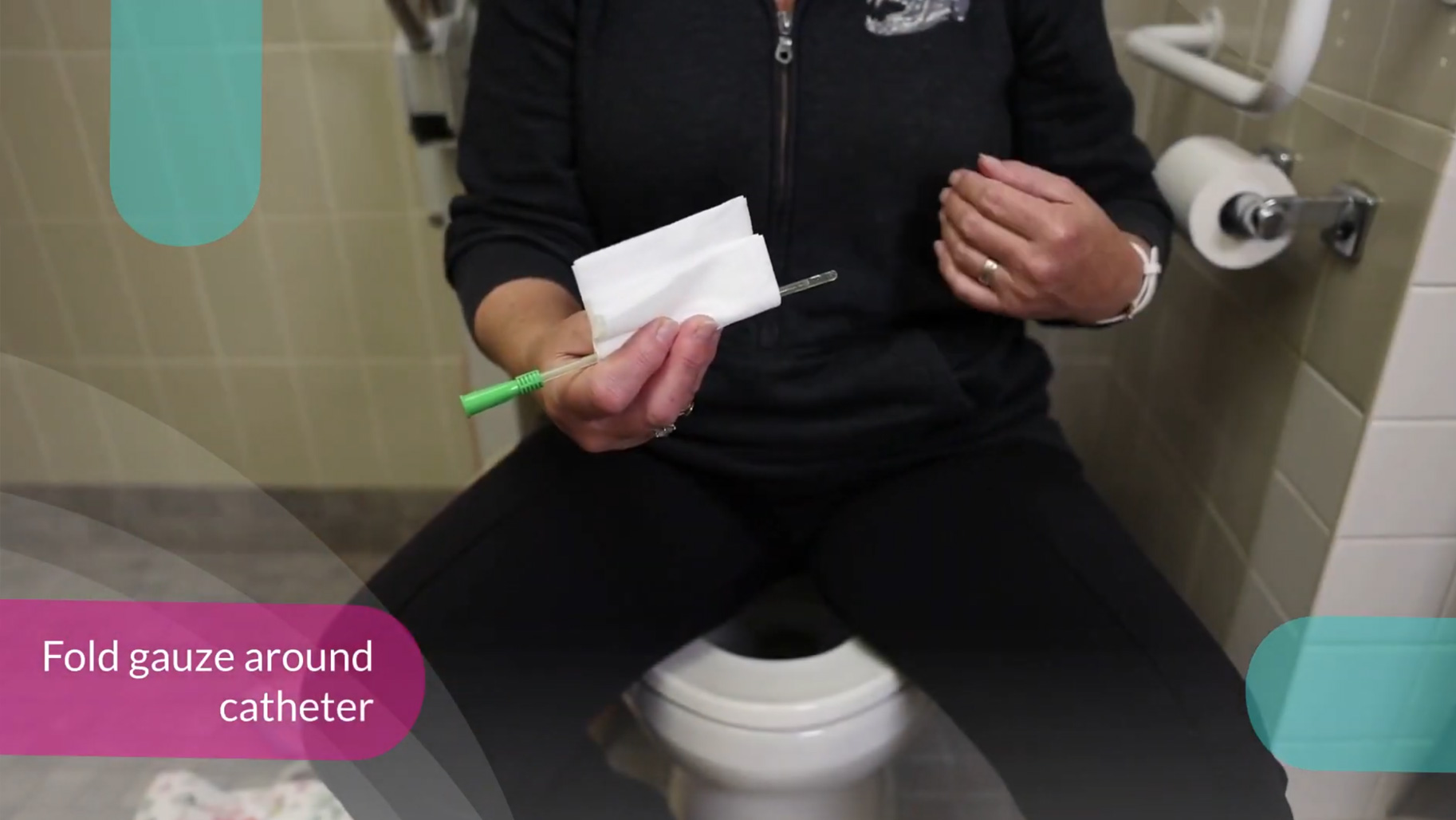For some people, it can be challenging to look at or touch their genital area. Taking the time to get more comfortable with yourself, or seeking help from your healthcare team, will empower you to manage your own care and improve your health and quality of life. In this video series we will learn about the female pelvic anatomy and how to self capitalize in a variety of positions and settings.
This video series on intermittent catheterization for people with female genitalia was made to show how to perform ICs in a variety of positions and settings. Clinicians at UHN Toronto Rehab – Lyndhurst Centre and people with lived experience contributed to this video development.
The project was led by a team at Spinal Cord Injury Ontario including:
- Marty Doupe, Learning Architect
- Jaspreet Dhaliwal, Peer Support Program Coordinator
- Nancy Xia, Video Content Developer
- Julie Watson, Peer Support Coordinator
- Tory Bowman, Director, Knowledge Exchange.
Clinical Subject Matter experts that collaborated on this video included:
- Sandra Mills, Patient Education and Engagement Lead, UHN Toronto Rehab – Lyndhurst Centre
- Hannah Hollett, RN, Clinical Coordinator Intrathecal Baclofen Program, UHN Toronto Rehab – Lyndhurst Centre.
Before attempting self-catheterization it is important to familiarize yourself with your own pelvic anatomy. Familiarizing yourself with your anatomy allows you to visualize for the catheter will be inserted. Knowing the appearance of the labia and the location of the urethral opening ensures proper catheter insertion with minimal hassle.
Understanding your own preferences can help you choose the best catheter type and determine the physical positioning that works best for you during self-catheterization. You may find that a specific catheter style or size is more suitable or that a particular insertion angle or body position works best for you.
The more familiar you are with your body the better equipped you’ll be to make these choices. Getting acquainted with your pelvic anatomy makes the process of self-catheterization less intimidating. By taking the time to explore and get comfortable with your own anatomy you’ll feel more confident when it comes to inserting the catheter.
Remember, there’s nothing wrong or bad about getting to know your own body.





